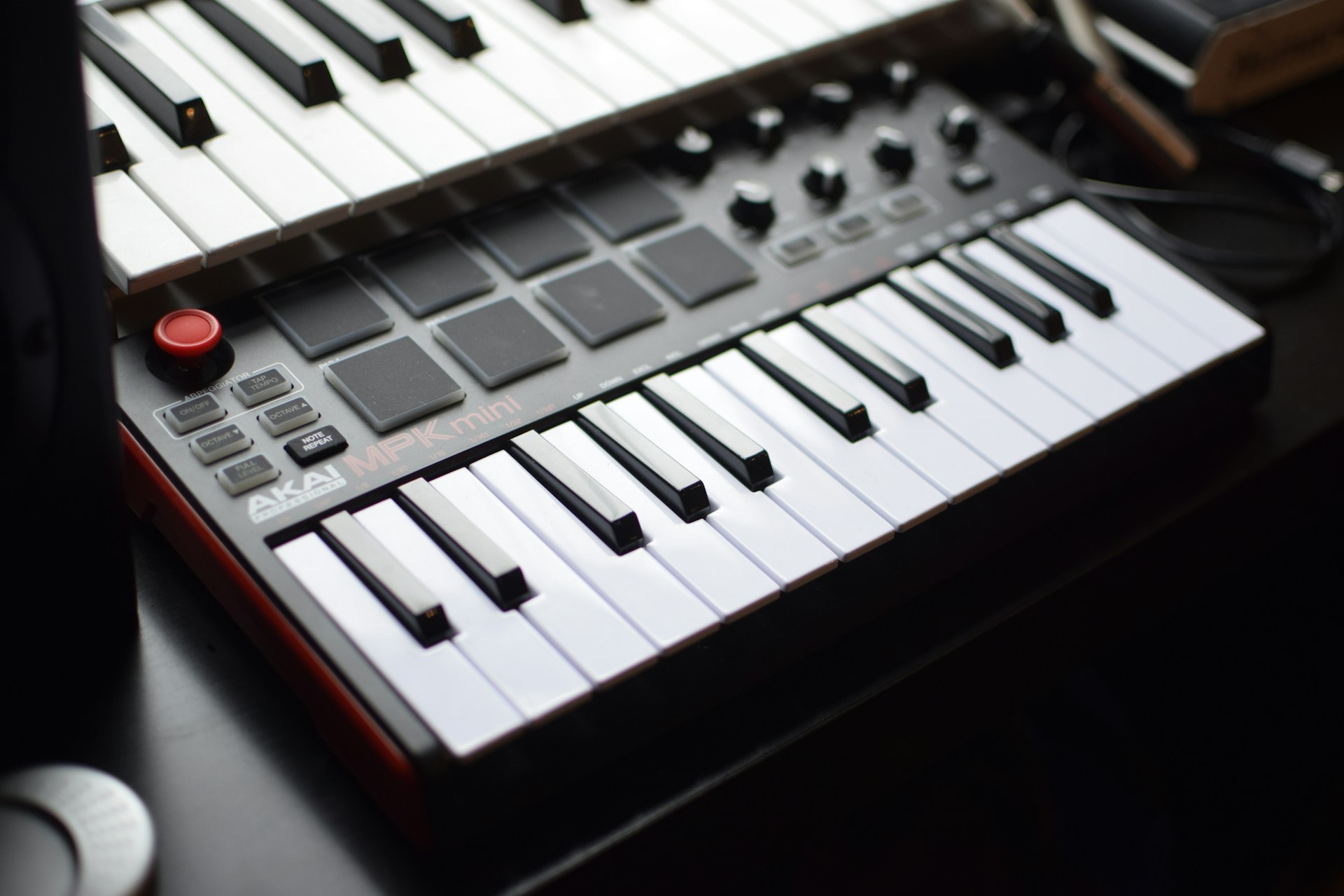
Wind instruments have been a fundamental part of music for centuries, offering a diverse range of sounds and styles that can evoke everything from serene calm to dramatic intensity. This comprehensive guide explores the world of wind instruments, delving into their history, categories, key characteristics, and notable players.
History of Wind Instruments
Ancient Origins
Wind instruments date back to ancient civilizations, where early humans used hollow bones, reeds, and horns to produce sounds.
- Flutes: The oldest known wind instruments, flutes have been found in archaeological sites dating back over 40,000 years.
- Reeds and Horns: Ancient Egyptians, Greeks, and Romans used reed instruments and animal horns for ceremonial and military purposes.
Medieval and Renaissance Periods
During the medieval and Renaissance periods, wind instruments evolved significantly, becoming more refined and varied.
- Recorders: Popular in Renaissance music, recorders came in various sizes and were used in ensembles.
- Shawms and Crumhorns: These double-reed instruments were precursors to the modern oboe and bassoon.
Baroque and Classical Eras
The Baroque and Classical eras saw the development of key mechanisms and the standardization of many wind instruments.
- Oboe and Bassoon: The oboe and bassoon evolved from earlier double-reed instruments, gaining complexity and versatility.
- Clarinets: The clarinet was developed in the early 18th century, quickly becoming a staple in orchestras and chamber music.
Categories of Wind Instruments
Wind instruments are broadly classified into two categories: woodwinds and brass.
Woodwinds
Woodwind instruments produce sound when air is blown through a reed or across an opening.
- Flutes: Flutes are played by blowing air across a mouthpiece. Variants include the Western concert flute, piccolo, and alto flute.
- Clarinets: Clarinets use a single reed attached to a mouthpiece. They range from the small E-flat clarinet to the large contrabass clarinet.
- Oboes: Oboes use a double reed, producing a bright, penetrating sound. Variants include the English horn and oboe d’amore.
- Bassoons: Bassoons also use a double reed and have a distinctive, deep timbre. The contrabassoon is an even larger version.
- Saxophones: Although made of brass, saxophones are woodwinds due to their use of a single reed. They range from soprano to baritone.
Brass
Brass instruments produce sound by vibrating the lips against a mouthpiece.
- Trumpets: Trumpets have a bright, powerful sound and are used in various musical genres. The piccolo trumpet is a smaller variant.
- French Horns: French horns have a mellow, rich tone and are known for their wide range and versatility.
- Trombones: Trombones use a slide mechanism to change pitch, producing a strong, resonant sound. Variants include the bass trombone.
- Tubas: Tubas are the largest brass instruments, providing deep, resonant bass tones. The euphonium is a smaller, tenor-range tuba.
Key Characteristics of Wind Instruments
Sound Production
- Woodwinds: Sound is produced by splitting the air on a sharp edge (flutes) or by vibrating a reed (clarinets, oboes, saxophones).
- Brass: Sound is produced by buzzing the lips into a mouthpiece, with pitch changed by valve or slide mechanisms.
Timbre and Range
- Woodwinds: Woodwinds offer a wide range of timbres, from the bright sound of the flute to the rich, woody tones of the clarinet and oboe.
- Brass: Brass instruments have a powerful, resonant timbre, with a range extending from the high, piercing trumpet to the deep, sonorous tuba.
Role in Music
- Orchestral: Wind instruments play crucial roles in orchestras, providing both melodic lines and harmonic support.
- Chamber Music: Wind ensembles and chamber groups highlight the versatility and expressive potential of wind instruments.
- Jazz and Popular Music: Instruments like the saxophone and trumpet are staples in jazz, pop, and rock music, known for their improvisational capabilities.
Notable Wind Instrument Players
Classical
- Jean-Pierre Rampal (Flute): Renowned for his virtuosic technique and expressive playing, Rampal popularized the flute as a solo instrument.
- Benny Goodman (Clarinet): Known as the “King of Swing,” Goodman brought the clarinet to prominence in jazz and classical music.
- Heinz Holliger (Oboe): Holliger is celebrated for his technical prowess and contributions to contemporary oboe repertoire.
- Maurice André (Trumpet): A virtuoso trumpeter, André is known for his brilliant technique and musicality in both classical and Baroque music.
Jazz and Contemporary
- John Coltrane (Saxophone): Coltrane was a pioneering jazz saxophonist, known for his innovative playing and contributions to modern jazz.
- Miles Davis (Trumpet): A seminal figure in jazz, Davis’s influence spans multiple genres and decades.
- Herbie Hancock (Keyboards/Saxophone): A versatile musician, Hancock is known for his work in jazz fusion and his use of wind instruments in innovative ways.
Conclusion
Wind instruments, with their rich history and diverse range, continue to captivate musicians and audiences alike. From ancient flutes to modern saxophones, these instruments have evolved to play essential roles in various musical genres. Understanding their history, categories, and characteristics can deepen one’s appreciation for the artistry and skill involved in playing these remarkable instruments. This high-quality content aims to provide readers with an informative and engaging overview of wind instruments, meeting the standards for AdSense approval and offering valuable insights into the world of music.
